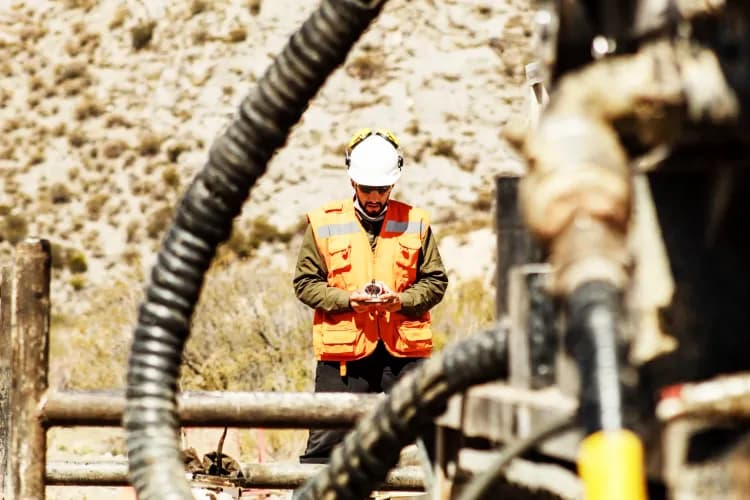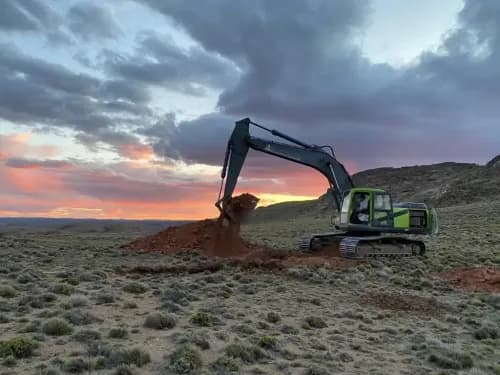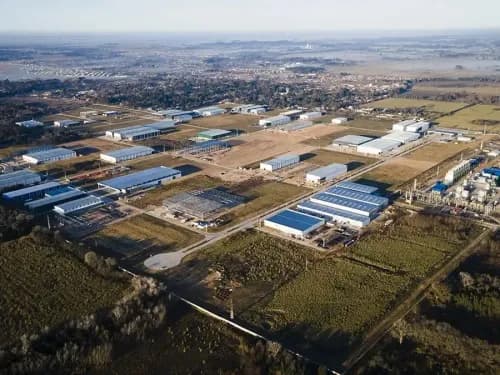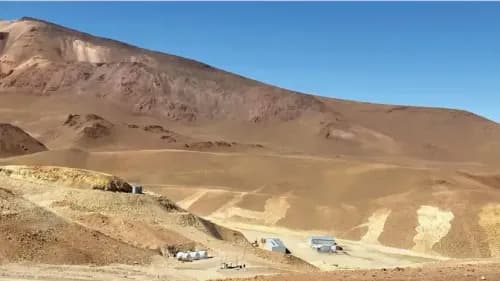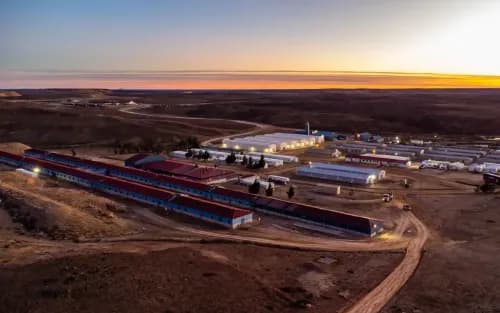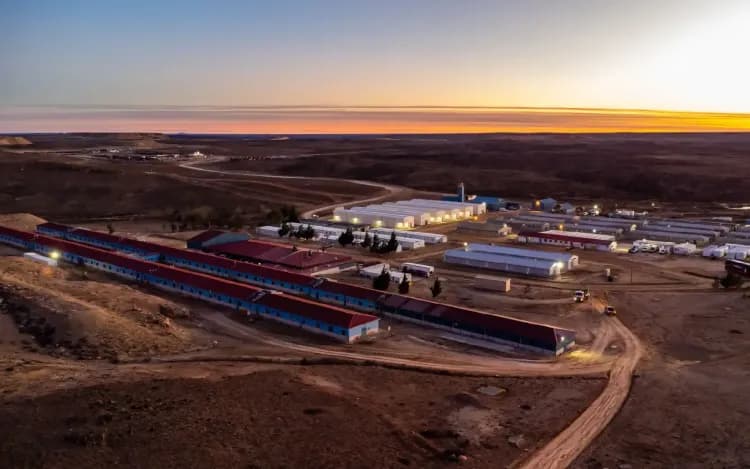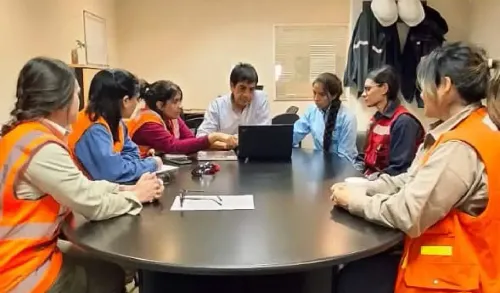Manuel Benítez, president of the Argentine Chamber of Mining Suppliers (CAPMIN), welcomed with enthusiasm the arrival of the Fourth Mining Chess Circuit to Salta, an edition marked by a record number of players and strong support from both the public and private sectors.
By Panorama Minero
This was the fourth tournament, and this year Salta was chosen. Why?
Salta treated us very well: the government, the local players, and also the kids who came from Jujuy and Catamarca. We’re very happy with the event.
How did the idea of combining mining and chess come about?
It emerged gradually, gaining traction. In the Puna and the Andes, miners are chess players. And in the communities where we work, kids also play in their schools.
Mining is a silver thread that connects work with the community. Mining is the present and the future, and that future must be tied to sports and education. We started small and reached this fourth tournament. Today the people—the kids, the players, the provinces—are the ones truly driving this circuit. We simply organize it.
The circuit has a clearly federal approach…
Absolutely. Twice in Catamarca, once in Jujuy, and this last one in Salta. It was two days of intense play and great enjoyment. And we want to reach all mining provinces. We are federal by definition.
About 400 players showed up. Was the audience just as diverse?
Yes, completely. Chess has no age. In Salta there is a very young grandmaster, one of the best in the country, and there are also children who play national tournaments at age 12. And older players too, like me. The enthusiasm is the same for everyone, and that’s wonderful.
What values from chess carry over to mining and childhood?
Discipline, work, sacrifice, strategy, tactics. Training the mind. It’s a sport that helps prepare for a world where technology is advancing very quickly. It provides essential tools.
Has chess ever “saved your mind” in a mining camp?
More than saving me, it has given me good moments (laughs). In the solitude of the camp, it allows you to enjoy, compete, and strengthen integration among people. My toughest game was against a 13-year-old boy who checkmated me in ten moves. That shows that chess has no age.
Which institutions supported this tournament?
Many CAPMIN suppliers, Salta-based companies. In addition to the Senate of the Nation, COFEMIN, the Government of Salta, Tourism, Mining, local councils and municipalities. The public–private coordination was complete.
How do you see the coming months for mining?
Exceptional. We are in the best moment and in the best place. I’m fully optimistic.


